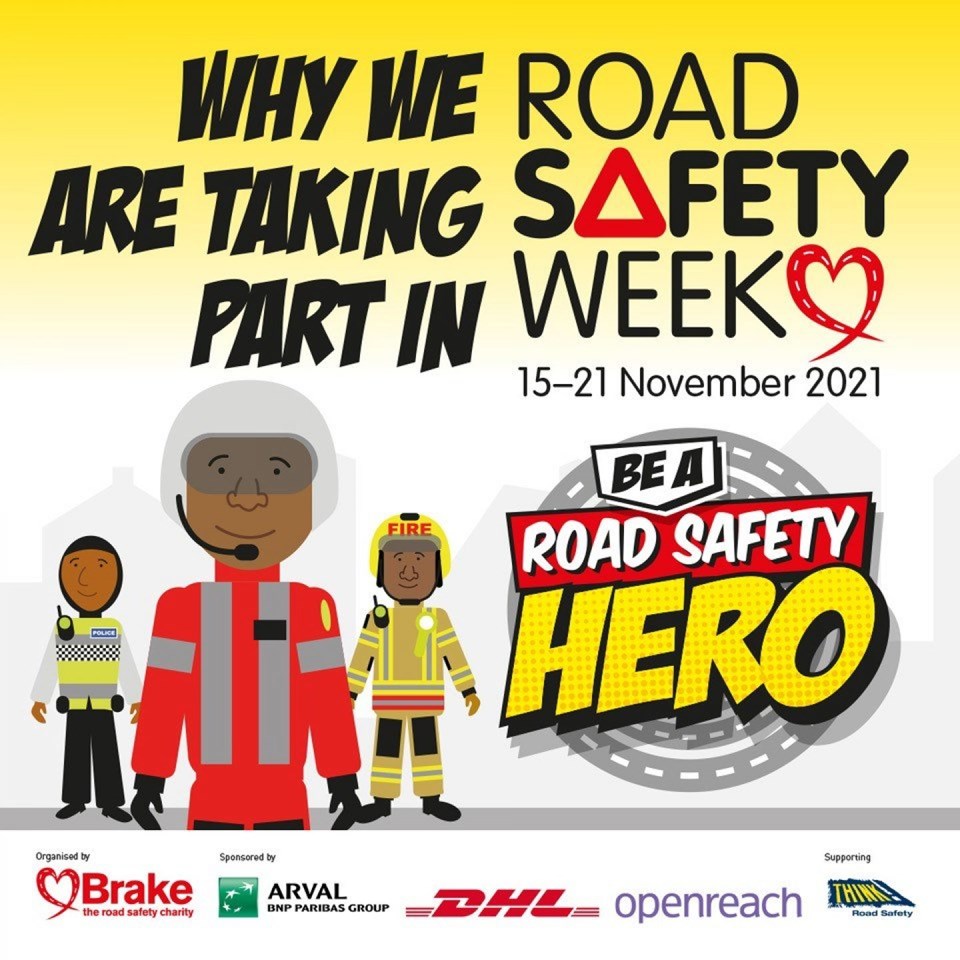Julia Lamming is a Professional Development Lead, School Nursing
Road safety awareness

Road safety week is 15 -21 November and is the perfect time to remember to talk to your child about road safety.
Road crashes are the biggest killer of young people worldwide. Every year more than 3,000 children and young people aged 0-17 are killed or suffer serious life changing injuries on roads in Britain. Many thousands more suffer other injuries.
Being seen on the road is so important. Make sure your child always wears something bright so they can be seen more easily in the daytime. Bright fluorescent material doesn’t work in the dark so wearing something reflective is essential so your child can be seen when car headlights shine towards them; even a small patch of reflective material helps drivers see them from far away.
Parents often ask our health visiting and school nursing teams what age they should start to teach road safety basics to their children. These are the key safety messages the road safety charity Brake recommends for the different age groups.
Children age 2-5 years old
- Always hold hands with a grown up when walking near roads
- Always cross roads at safe places and hold a grown up's hand
- Always sit in a child seat when travelling by car
Children aged 5-7 years old
- Always hold hands with a grown up when walking near roads
- Always cross roads at a safe places and hold a grown up's hand
- Always sit in a child seat when travelling by car
- Practise holding hands and walking safely on the pavement away from the kerb
- Practise stopping well away from the kerb, when a pavement ends (for example at a side junction)
- Practise looking and listening for traffic. What things stop you seeing traffic? For example, a bend, a tree, parked cars, the hood of your coat. Where might traffic come from? For example, both directions, and out of drives and side turnings
- Practise crossing the road at the safest places, for example at a pelican crossing or a zebra crossing. Explain why these are safer
- Visit a park or playground and discuss why it is safe to have fun there. For example, there is no traffic and there is a fence around it
- Take a look at the Green Cross Code together The Green Cross Code https://www.roadwise.co.uk/schools/using-the-road/green-cross-code/
Children aged 7-11 years
- Practice crossing quiet roads, ideally with a crossing and lollipop person
- Get children to recite safety rules before enacting them, eg stop near the edge of the kerb, look left, look right, etc
- Discuss the safest places to cross (eg on pelican crossings), and the most dangerous places where you should not cross (eg between parked cars, at busy junctions, or in front of a bus)
- Talk about safety features on roads, such as speed limit signs, zig-zag road markings near school gates, railings and road humps. Why are they there and what do they mean? Who are they trying to protect?
- Discuss why you shouldn’t trust traffic. Some drivers take risks like speeding, so it’s impossible to judge how fast traffic is and how long it will take to reach you. Never take chances and only cross when nothing is coming
Children with autism, dyspraxia or dyslexia or attention difficulties such as ADD, ADHD may be more at risk at getting hurt. Please visit the Brake website for additional information.
This short film about crossing roads is really helpful to watch with your child.
Visit our blog on winter bicycle safety and our Child Safety information.
Remember you can always contact your health visiting and school nursing service for additional road safety advice.